“The mine… Where the man crawls like a worm, renouncing sun and air, who might find or not to find again the open hole, which would bring him back to life. … The mine… This which became a curse and accusation, legend and history. For which theatre and cinema, the novel and the song weaved spider webs around its dark existence… The Mine… ”
TAHT | FUQ video and audio loop at the Old Oil Mill, Kalavasos, Cyprus as part of the (UNDER) MINING Kalavasos Art Research Project
(Under) Mining Kalavasos art research project
The (Under) Mining Kalavasos art research project, exhibition, and related events will take as their starting point the village of Kalavasos (Cyprus) and its mining heritage, community, and landscape to bring it into a meaningful dialogue with other mining/excavation communities internationally. The curatorial team of international artists, historians, and researchers will work with selected arists from the Mediterranean and beyond collaboratively, within and outside the confines of art, emphasizing social inclusion, participation, and archival/social/ethnographic research.
Maltese artists Trevor Borg and Vince Briffa have been invited to make an artistic intervention in the Old Oil Mill in Kalavasos.
Research visit
In August 2022, the artists conducted research during their first visit to the now decommissioned mines at Kalavasos.
origins of the concept for the (UNder) mining project
Mining in Cyprus has a very long history, from antiquity to the present day. Even the name ‘Cyprus’ is derived from the copper rich mines of the island, Cuprous / of copper from the Latin cuprum / copper. Mining reached its peak during the British colonial years. It provided employment for many workers, and communities grew around the mines of Limni, Amiantos, Skouritissa and Kalavasos, amongst others. These mining communities provided the bodies that will enter every day the deep subterranean tunnels and work very long shifts under gruelling and inhumane conditions. Accidents, which put the lives of the miners at a daily risk, were common. However, it was not only accidents but also the long-term effects of the dust they inhaled that these men and their families had to endure. It was exactly these inhumane conditions that gave rise to the first labour demonstrations in Cyprus starting in 1936. The scarring of the landscape and the environmental fallout of the mines continues to the present day with heavy metals leaking from the mines, entering water reservoirs in the areas of the mines.
Entrance to the decommissioned Kalavasos mines.
the installation
Originating from an island where there is no traditional mining activity, Borg and Briffa, in dialogue with the curators, look at a series of similar activities on the islands of Malta and Gozo where the locals have excavated the island’s rock structure for a variety of reasons, both lawful or otherwise, to re-interpret such interventions through a multi-media installation consisting of data gathered through video and digital scanning. The proposed work is site-specific, designed in a way as to also include the exhibition site of the Old Oil Mill in Kalavasos as an integral part of the work, and will reflect on the dual realities that such mining activities result in, namely on the scarring of the landscape and the environmental fallout of these interventions, as well as on the awesome allure that such underground structures have on us.
As a central theme of the work, man’s relationship with the earth’s excavation will not only help enrich the visitors’ understanding of the thematic of the project’s objectives, but also highlight the differences and similarities of such activities from a different island’s perspective. Environments that the artists are filming and scanning include underground tunnels and underground war shelters in Malta. Since the project aims at a dialogue with the community where the exhibition will take place, the Maltese project will focus on transporting and re-dimensioning the visual and aural experience of being both overground and underground in the said spaces in Malta, contextualising historically, sociologically and also philosophically, through a multi-media strategy.
Taħt | Fuq (upside down, topsy-turvy) uses video, animation and data digitisation to experience a stretch of land from different levels, from the bird’s eye, to overground right down to the underground. The work will be carried through video, 3D scanning and animation. Philosophically sited within a New Realism idiom, the work challenges the way we recognise the world as it is in itself, questioning not only if this place exists, but more importantly where it exists. Through an engagement with contemporary visualisation technologies, the installation reinforces Markus’s notion that “Everything takes place only in our imagination, and outside of this exists the Nothing that constantly threatens it”
Markus, G., Why the World Does Not Exist, Polity (2017).
TAHT FUQ three channel video and audio loop mockup
ONGOING RESEARCH
Both artists have considerable experience in similar international projects, having also represented Malta at the 2019 Venice Biennale with multimedia installations. As an integral part of their academic and artistic research, recent works by the artists include the integration of drawing, the moving image and digital scanning techniques as holistic processes to reinterpret contemporary landscape environments. As resident academics at the Department of Digital Arts both have been involved in the scanning and digital interpretation of a number of underground spaces.
Taht | Fuq Book launch and installation at Wignacourt Museum, Rabat, Malta
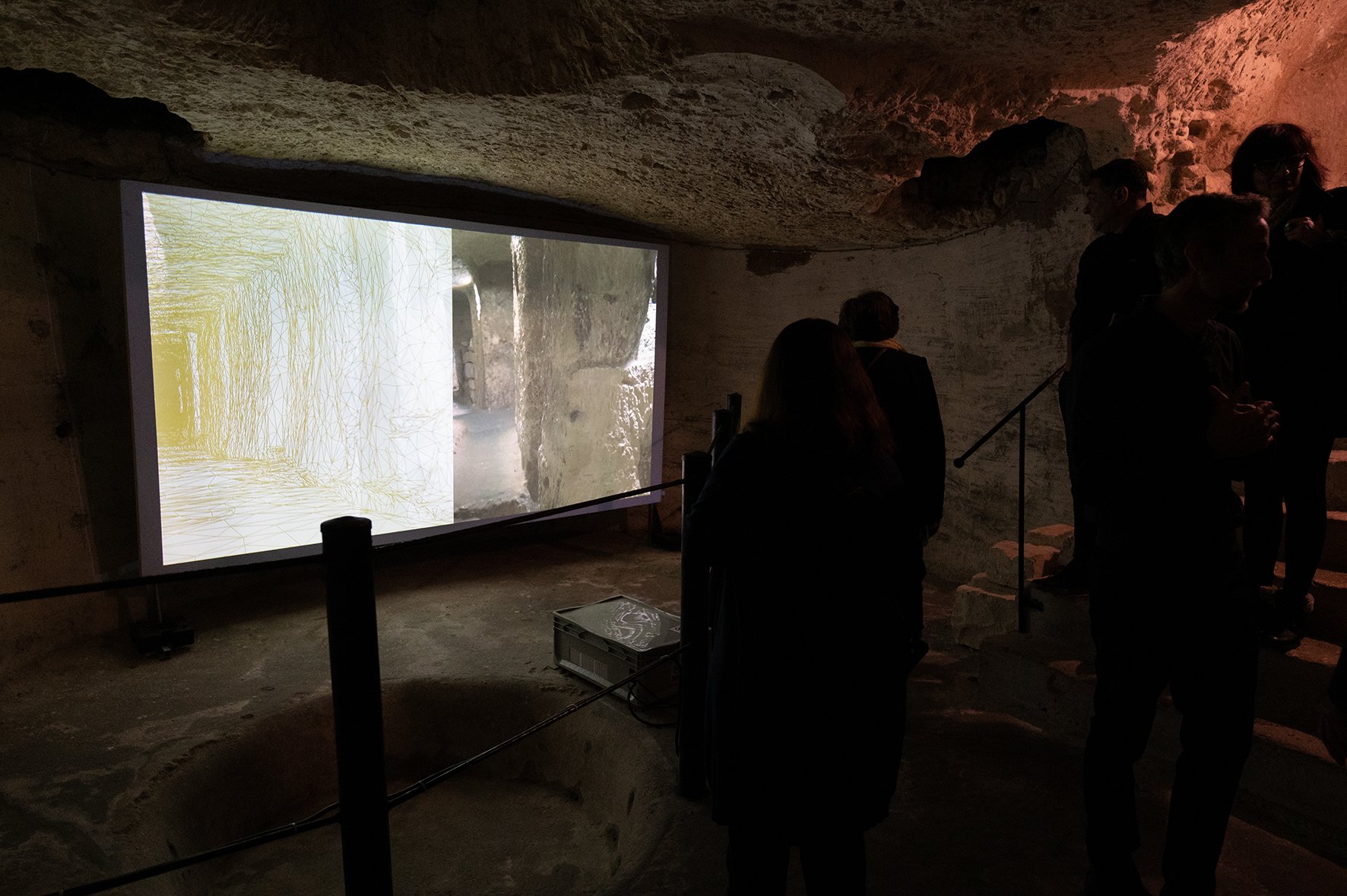
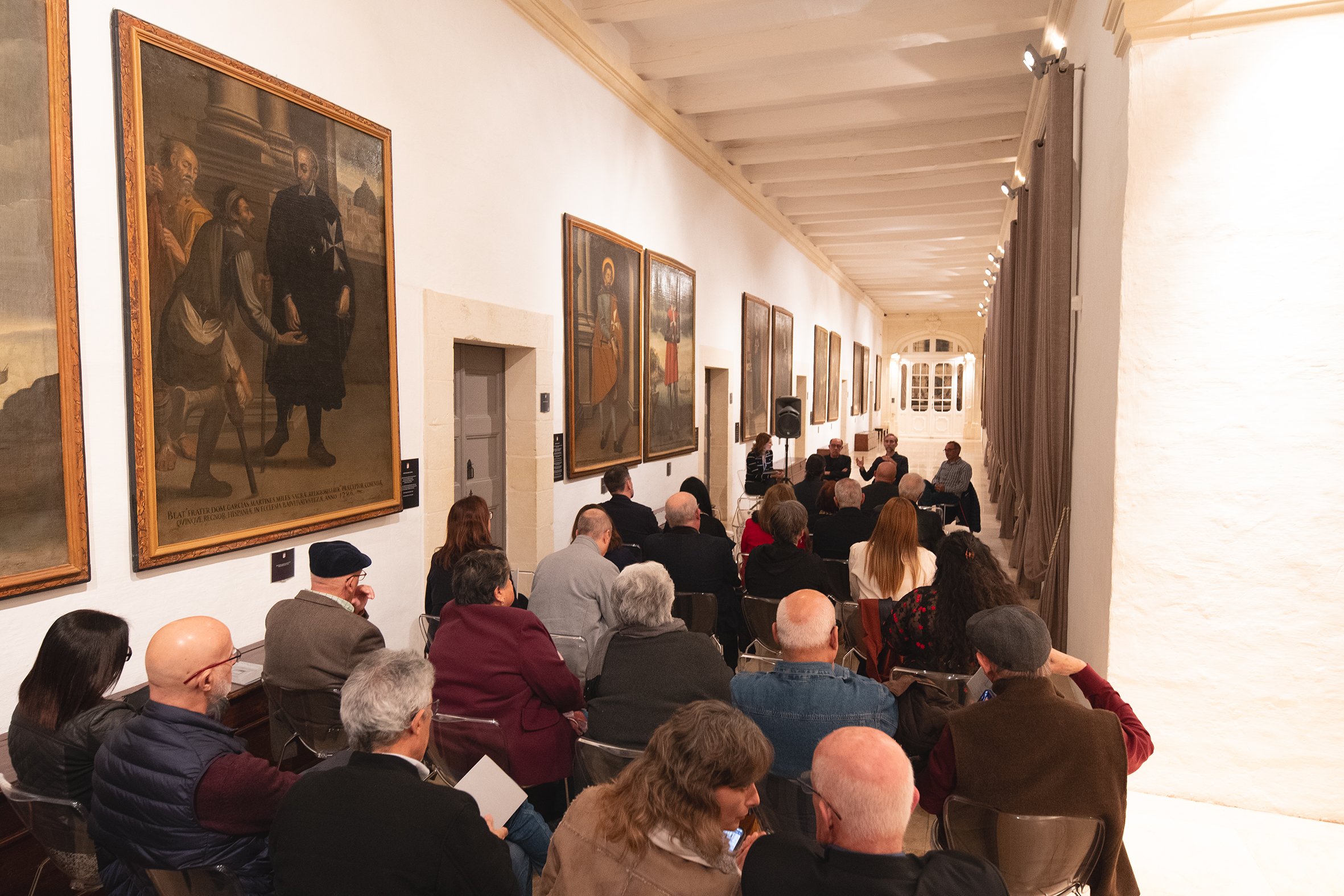
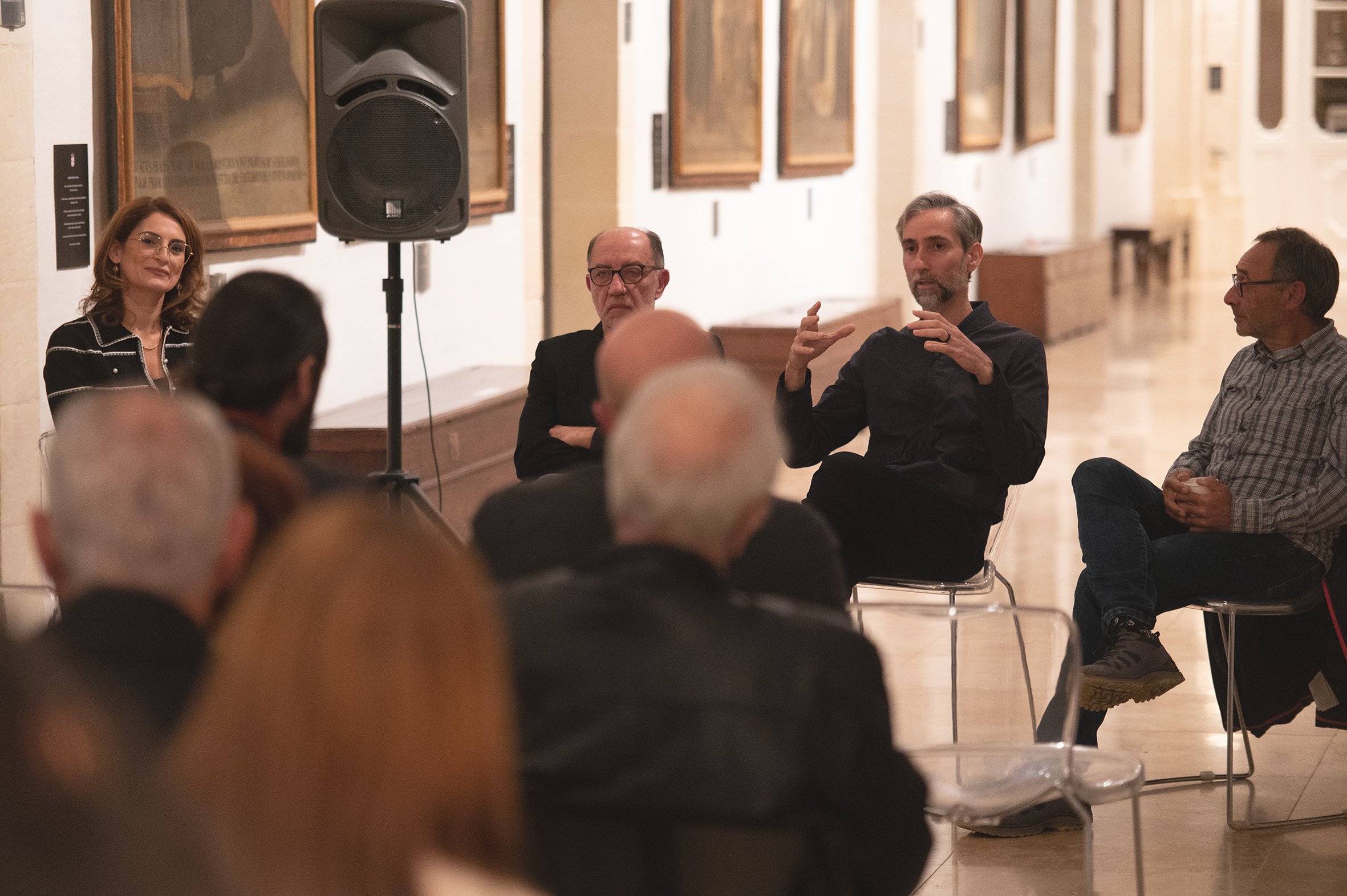
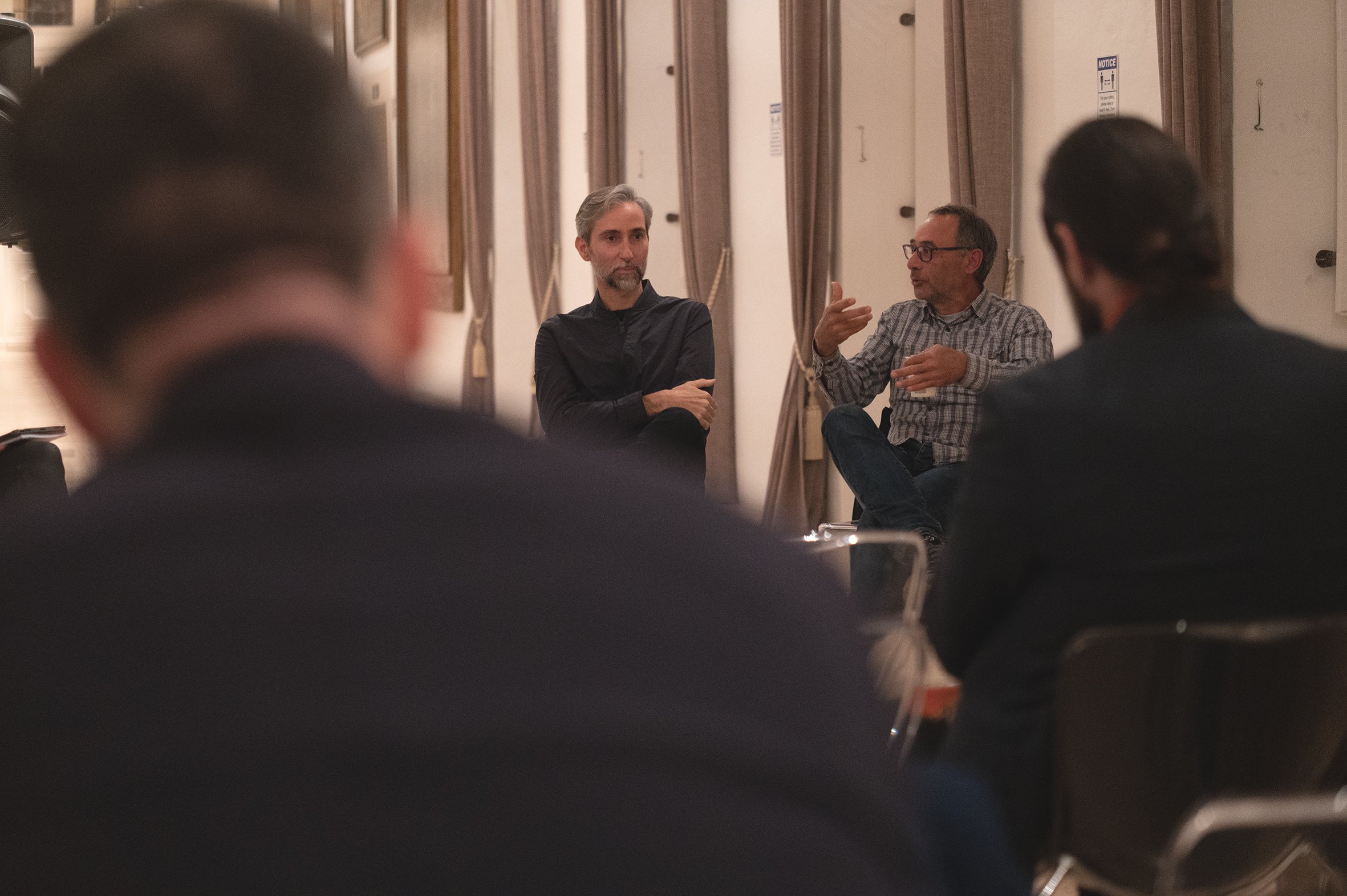
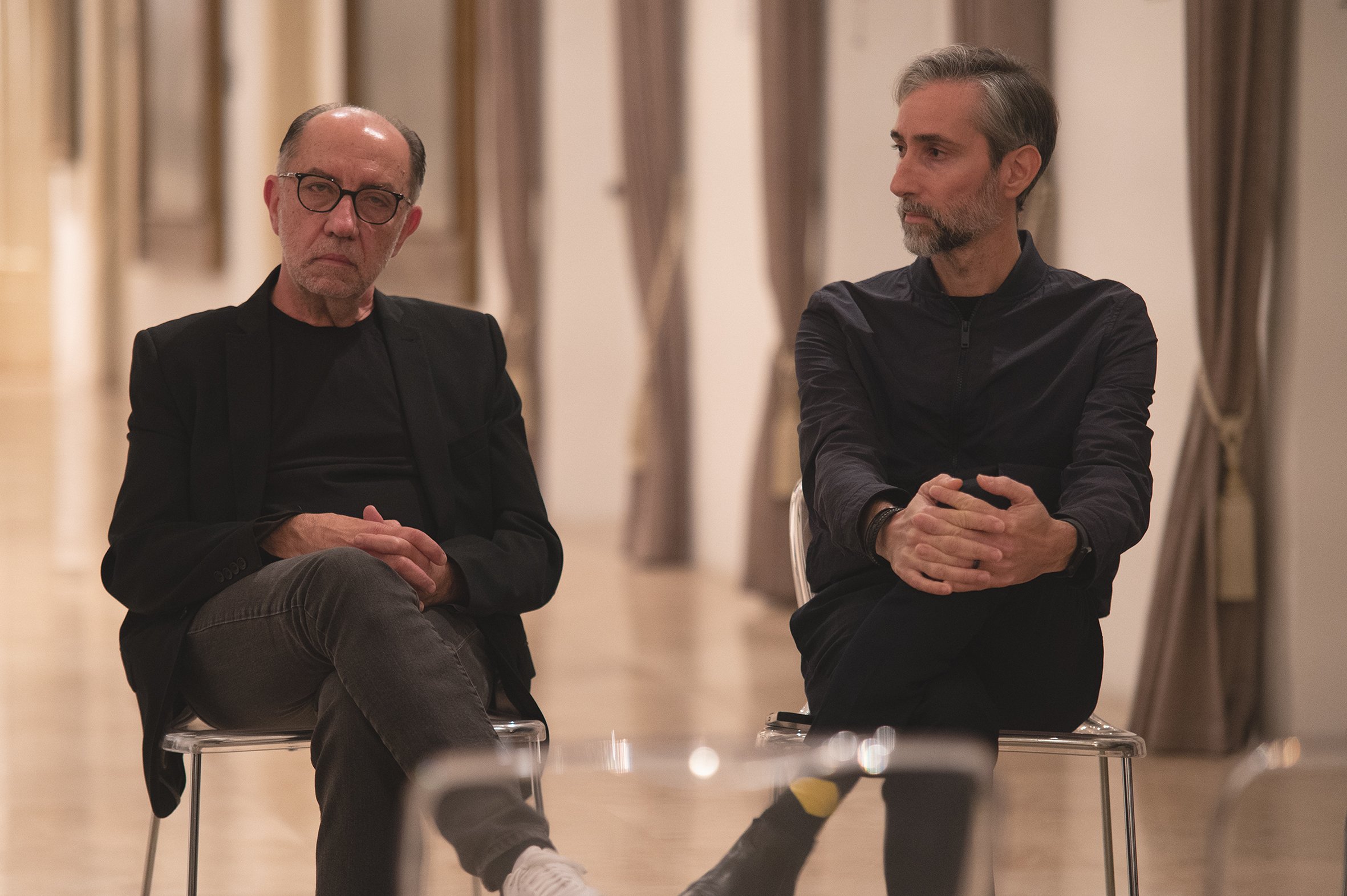
TAHT | FUQ video and audio loop at the Wignacourt Museum, Rabat, Malta.














